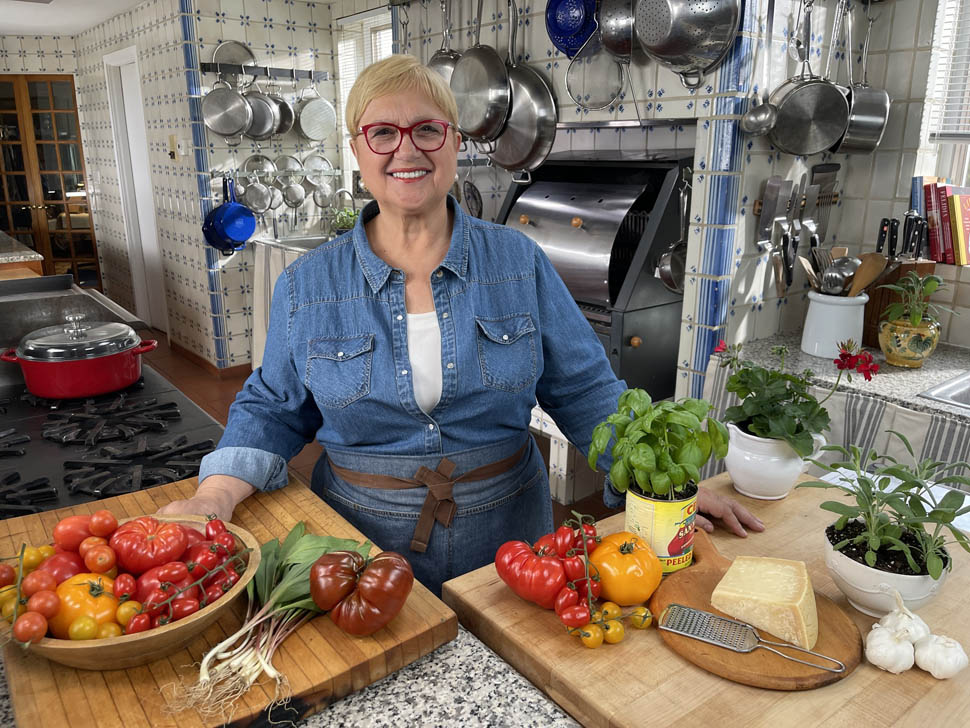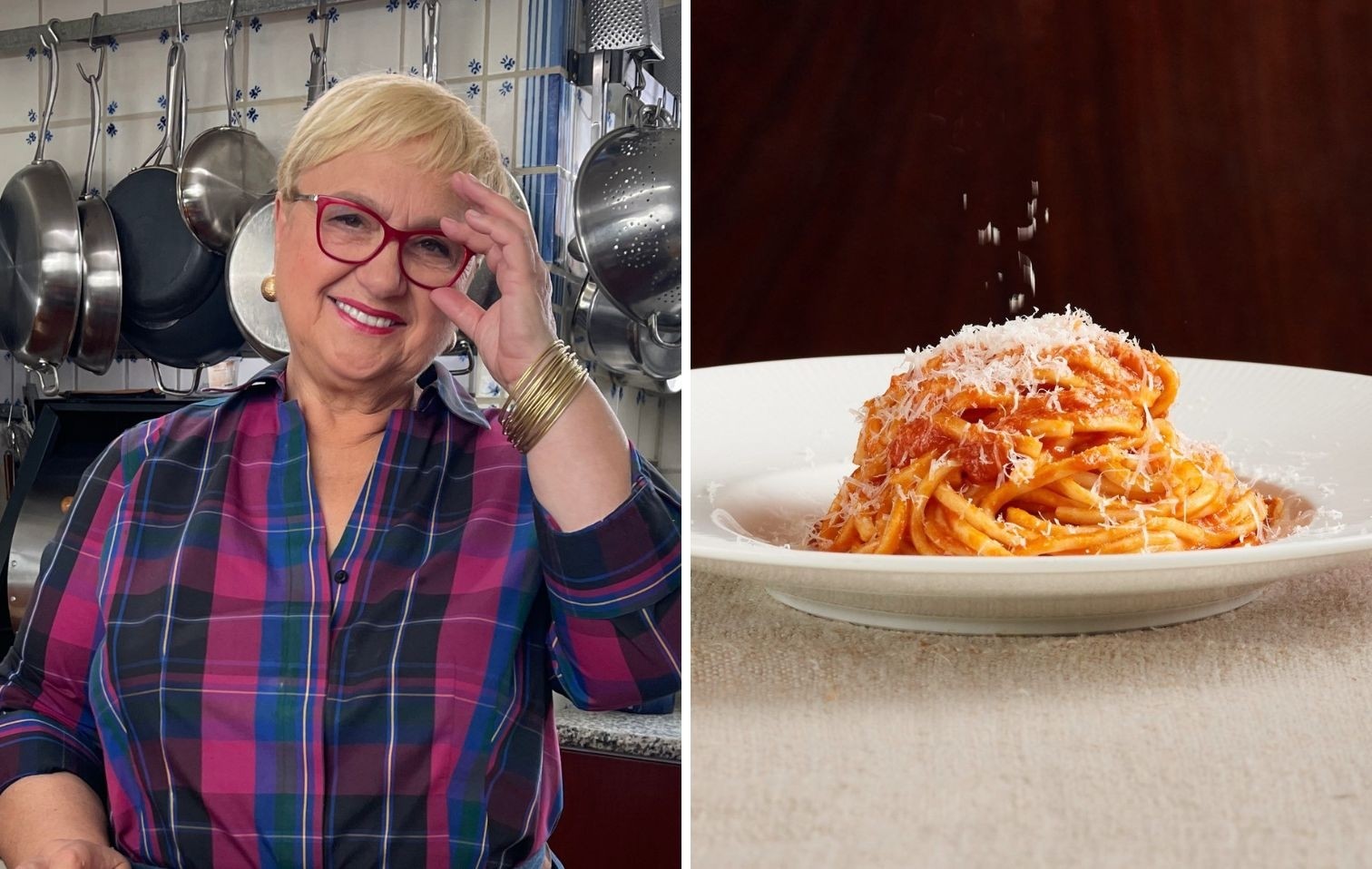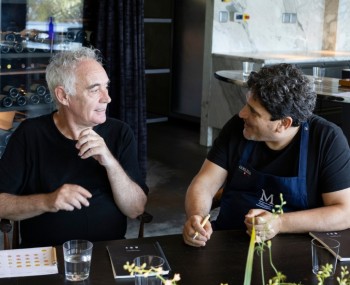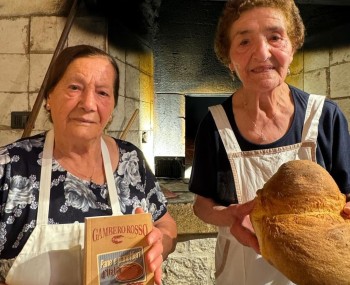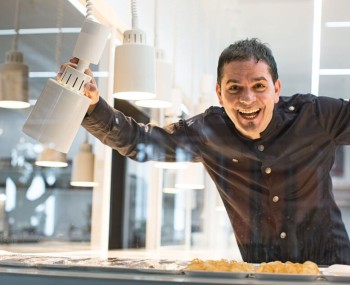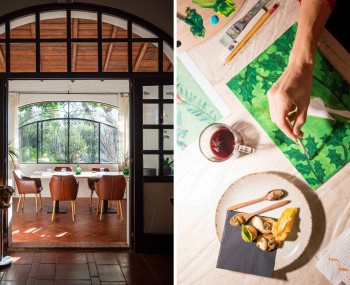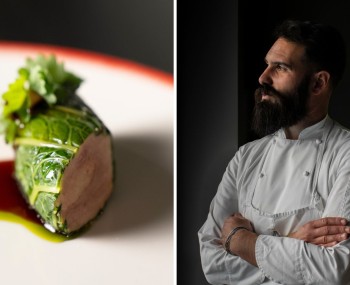“I like amatriciana with onions, but I use an immersion blender to mash them, so the texture changes.” The great cook's secrets for an amatriciana with flair.
Recipe taken from the official website of Lidia Bastianich
The dish
Eternally debated, the recipe for amatriciana never fails to divide Romans into opposing (and fierce) factions, fueling the debate over indispensable doses and ingredients. Well aware of how this first course - same as Carbonara and Cacio e Pepe - has undergone a long historical evolution (with the most disparate variations), we suggest you try the interpretation of Lidia Bastianch, star of home cooking between Italy and America. "It is a classic dish that none of my grandchildren can resist. Many often argue about how to make the dressing, whether with or without onions. I like it with onions, but I use an immersion blender to puree them, resulting in a creamy texture that contrasts with that of the crispy bacon on top."
Lidia Bastianich's amatriciana recipe with spaghetti alla chitarra
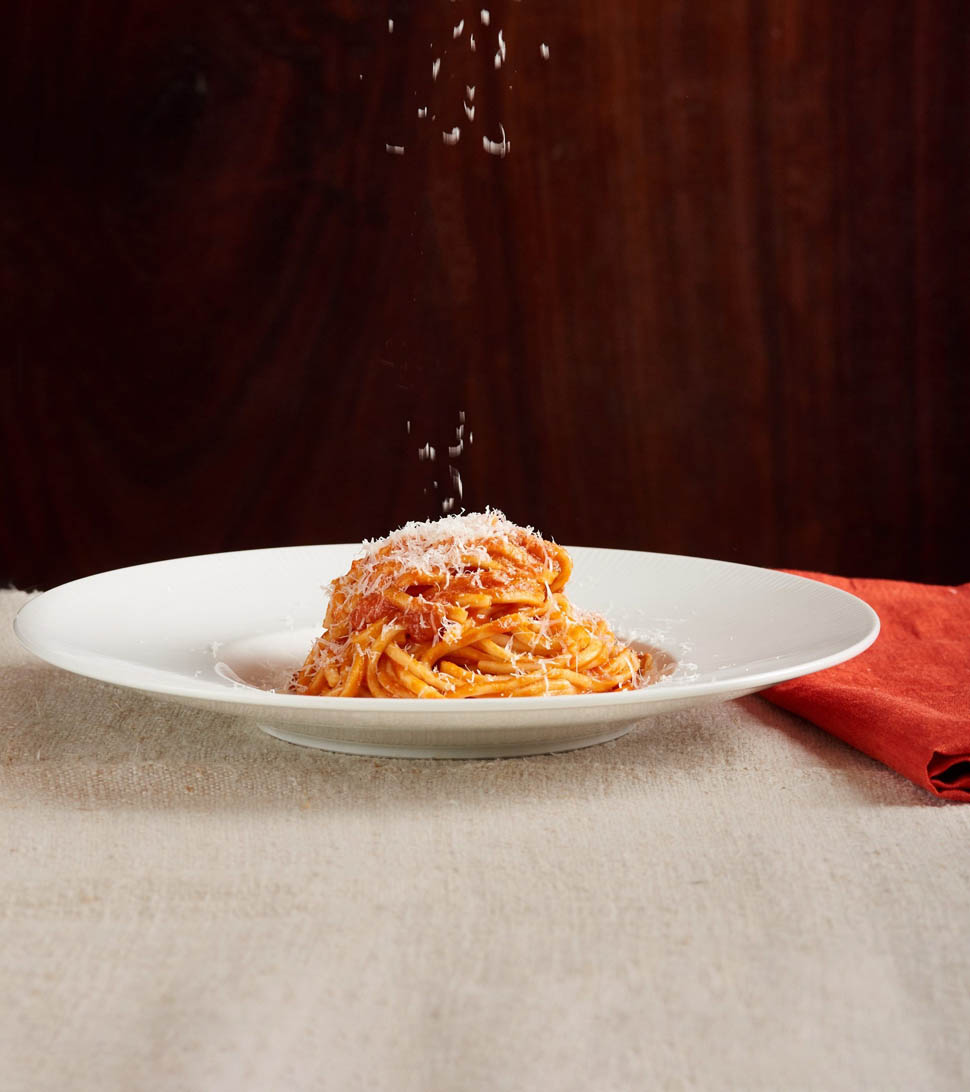
Ingredients
FOR THE PASTA
- 2 cups all-purpose flour, plus the other to roll out the dough
- ¼ cup extra virgin olive oil
FOR THE SAUCE
- Kosher salt
- 1 small onion, cut into pieces
- 1 small carrot, cut into pieces
- 1 small celery stalk, cut into pieces
- 3 cloves of garlic, crushed and peeled
- 2 tablespoons extra virgin olive oil, plus more for seasoning
- 3 thick slices of chopped bacon (can be substituted with ham)
- ¼ teaspoon chopped chili flakes, or to taste
- One can of whole peeled tomatoes, preferably San Marzano, crushed by hand
- ¼ cup chopped fresh Italian parsley
- ½ cup freshly grated Grana Padano cheese, plus more to serve
- ½ cup freshly grated Pecorino Romano cheese, plus more to serve
For the pasta, place the flour in the bowl of a food processor and blend several times. In a measuring cup with a spout, whisk together the olive oil and ½ cup cold water with a fork. With the processor running, add the wet ingredients to the flour and process until the dough forms a ball around the blade; add a little more water if it is too crumbly, a little more flour if it is too soft.
When the dough forms a ball, knead everything with the help of the robot until it becomes smooth, about 20 to 30 seconds. Flour the work surface, turn the dough out and knead by hand a couple of times to compact. Wrap in plastic wrap and let it rest at room temperature for 30 minutes.
After resting, cut the dough into six pieces, keeping the ones you are not working on immediately covered. Roll out each piece by hand on a floured work surface (or with a pasta machine) to the right thickness.
If using a guitar, cut the sheets to fit the size of the strings and press the cutouts together to lay them on another sheet. If using a guitar, place a floured sheet of dough on it and use a rolling pin to roll out and press the dough through the strings. Gather the falling dough and form floured nests on a floured baking sheet. Repeat with remaining sheets of dough. (You can also cut the dough by hand: roll out all the sheets, then cut into strands with a sharp knife or pizza wheel.) Allow the dough to dry on the baking sheet while you prepare the sauce.
Bring a large pot of salted water to a boil for the pasta. Combine onion, carrot, celery, and garlic in a food processor and blend to make a coarse vegetable paste. Heat olive oil in a large skillet over medium heat. Add the bacon and cook until almost crisp, about 3 minutes. Add the blended vegetables and cook, stirring occasionally, until dry and beginning to stick to the bottom of the pan, about 6 minutes. Season with salt and chili.
Add the tomatoes. Rinse the can with 2 cups of pasta cooking water and add that as well. Bring to a boil and cook until the sauce becomes thick and flavorful, about 15 to 20 minutes.
When the sauce is ready, gently shake the pasta nests to remove any remaining flour and add them to the boiling water. Cook the pasta al dente for 2 to 3 minutes. Remove it with tongs and pour it into the simmering sauce. Add the parsley and a drizzle of olive oil and stir to coat the pasta with the sauce, adding a dash of cooking water if it seems dry. Remove the pan from the heat, sprinkle with the grated cheeses, stir and serve.
Chef's Tip:
If you are serving individually, use tongs to roll each portion of pasta into the shape of a bird's nest. This will keep the pasta hotter and make for a dramatic presentation. Pour some of the sauce over the pasta and serve with grated cheeses.
